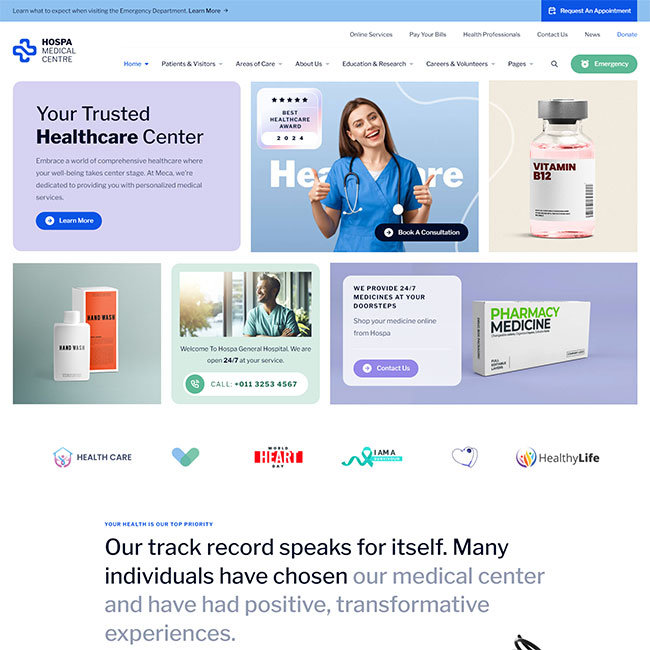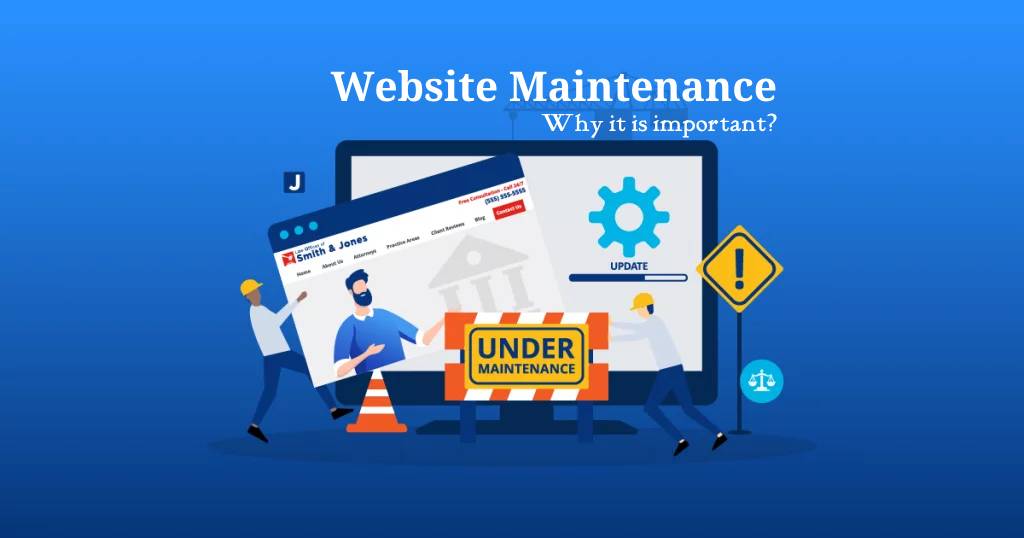E-commerce has witnessed its times change from when Amazon was selling books online to the present very diversified technology-driven retail environment. The Indian e-commerce sector is expected to continue at a fast growth trajectory until 2025 thus opening new business and consumer opportunities. Growth of E-commerce in India: A Closer Look The e-commerce in India is slowly started to move up with an upward curve due to the increased penetration of internet, rising affordability of smartphones, and digital payment systems like UPI.
The Indian e-commerce market had already reached Rs 12.2 trillion ($147.3 billion) by 2024 and was expected to continue growing at 18.7% CAGR through 2028. Incremental growth is being supplied by the growth in Tier II and Tier III cities, which already account for more than 50% of online shoppers. The e-commerce players see the growing digital literacy, smartphone penetration, and advancement in logistics infrastructure making these areas even more attractive. GMV during the festival season 2024 experienced growth exponentially and the sector succeeded in touching base beyond tier one cities. It is looking at a better fulfillment network in the region, AI-based route optimization, and well-defined delivery networks. More consumers from small-town areas are logging on to make purchases so they have increased buying from e-commerce players.
Table of Contents
ToggleD2C brands emerging:
The E-commerce revolution end The most significant changes to India’s e-commerce ecosystem have been seen with the advent of D2C brands. D2C brands can seamlessly connect with consumers without passing through retailers or wholesalers using digital platforms, social media, and e-commerce websites. D2C sales account for close to 10-15% of the Indian e-commerce market, which sums up a lot of the valuation of $5.86 lakh crore.
The Indian D2C market would grow at a high CAGR of 40% and reach $60 billion by 2027. It was due to effective shopping experiences, seamless omnichannel strategies, and higher interest in sustainability. D2C brands also utilized influencer marketing, one of the best ways to connect with an authentic, younger audience. This enabled them to create content that is relatable using micro and macro-influencers, benefits the product, and finally, fosters customer loyalty.
Technological Advancement and Impact of E-Commerce E-commerce, by 2025, is expected to have the driving engines of growth as technological advancements. Sales will continue with mobile commerce dominating, and most sales through cellphones alone. AI and machine learning will allow for hyper-personalized experiences while shopping by giving products to the consumer according to their choices and what they’ve done before.
Virtual and augmented reality:
It is going to be one of the key uses where customers get a chance to try clothes virtually, test the product, or a virtual visit to stores. Online shopping experience becomes enhanced. Transparency in supply chains is guaranteed, thus boosting trust from the customer’s end, using Blockchain technology. Technologies even as fast as faster speeds and real-time interaction, even for live experiences, will prompt 5G rollouts. These include quick commerce or speedy delivery of every-day staples because of increased demand with more expectations about more speed and comfort.
E-commerce Sustainability:
The New Normal Now it has become the phenomenon when sustainability and a lot more friendly usage are yet another paradigm shift made by the consumers. The increased awareness about the environmental protection would make companies move towards biodegradable packaging, carbon-neutral delivery, and ethically made materials. In fact, D2C brands are pushing sustainability into its very basic principles and giving equal weight since this is what their customers do as well. So these sustainable e-commerce businesses will be more loyal in the near future because we are almost getting close to 2025. Other platforms also started coming with live shopping and some other features called shoppable posts that may lead to sale and bring more young conscious environmental audiences before them.
Conclusion:
A Transformative Future Ahead By 2025, Indian e-commerce would witness transformational growth. The way the sector must shape up and perform for the retail industry would be defined by new technology convergence, enhanced market reach, and shifting consumer preferences. In that scenario, D2C brands will be leading the change along with totally capitalizing on mobile-first strategies, influencer marketing, and greater propensities toward sustainability. With such business ventures being part of this march towards the $2 trillion market, it will find a thriving spree wherein they themselves adjust toward these alterations. New technology adoption and investments in personalization and consumer value alignment in the form of sustainability will provide mammoth opportunities amidst this dynamic ecosystem of e-commerce.








Rahul M.
B2B Service Provider